8 Innovative Brainstorming Templates to Spark Your Team’s Creativity

A well-managed brainstorming session can help you tap into your team’s collective intellectual resources and generate innovative solutions to pressing problems.
But brainstorming isn’t just about freewheeling discussions. To be effective, it has to be structured and focused, which is where a brainstorming template comes in. A brainstorming template serves as a guide to help streamline brainstorming sessions, making them more efficient and productive. These templates structure discussions in a way that encourages the free flow of ideas while ensuring that the brainstorming session doesn’t get off track.
Understanding the Importance of Brainstorming Templates
A brainstorming template is a framework designed to channel the flow of ideas in an organized way. The beauty of a carefully crafted brainstorming template lies in its capability to stimulate team members to view things from different angles, stimulating fresh ideas to solve complex issues. It acts as a roadmap that directs the brainstorming process towards a focused end goal while allowing room for creative detours.
Templates add structure to brainstorming sessions, keeping them on track without stifling the free flow of ideas. Armed with the right template, you can energize your brainstorming session, encourage out-of-the-box thinking, and motivate your team members to explore different perspectives.
Now, you might be thinking, “But aren’t brainstorming sessions all about free-form thinking? Wouldn’t a template be restrictive and hinder creativity?” The answer to both questions is a resounding no. Unstructured brainstorming sessions can often lead to tangents, wasting time, and failing to produce viable solutions. A brainstorming template acts as a thought guide, moving your team’s creativity toward concrete outcomes without curbing their creative thought.
Top 10 Innovative Brainstorming Diagrams
1. Mind Map or Concept Map:
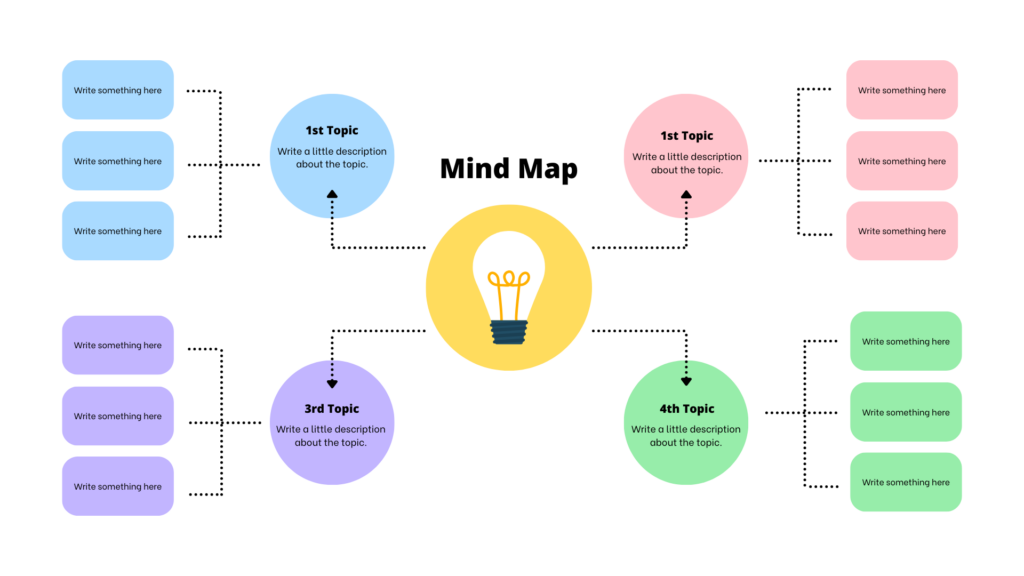
Known for its simplicity and effectiveness, mind mapping is a visual collaboration tool that helps organize information, showing the relationship between different concepts. It starts with a main idea or topic at the center, with related ideas branching out, encouraging team members to think from different angles and delve into the details while maintaining a link to the main topic.
2. Fishbone Diagram:
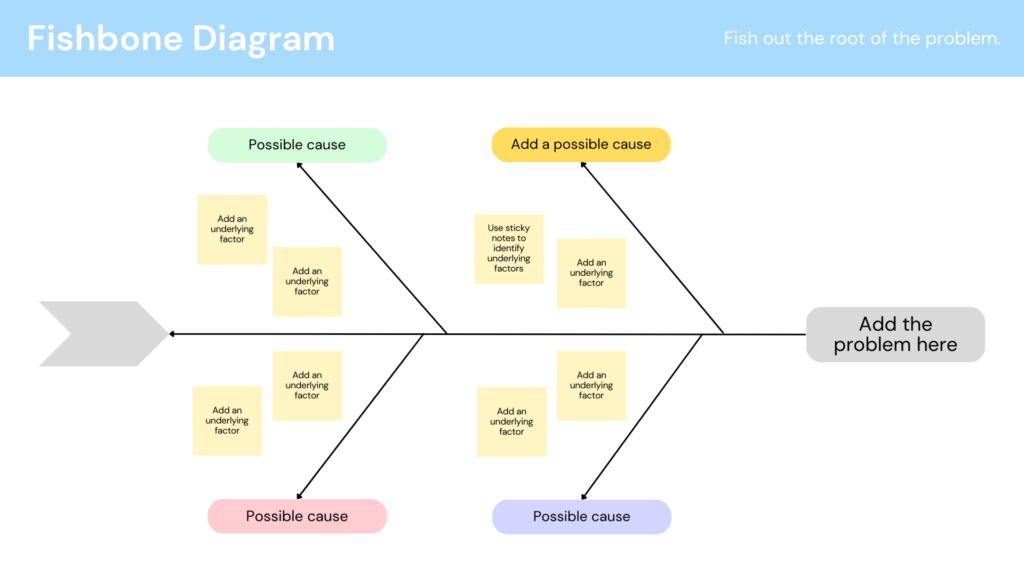
Also known as the Ishikawa Diagram, this template allows teams to categorize different elements contributing to a problem (root cause) into smaller, manageable sub-problems, perfect for complex ideas. It visually displays the relationship between a main idea and its root cause, helping identify potential solutions.
3. Affinity Diagram:
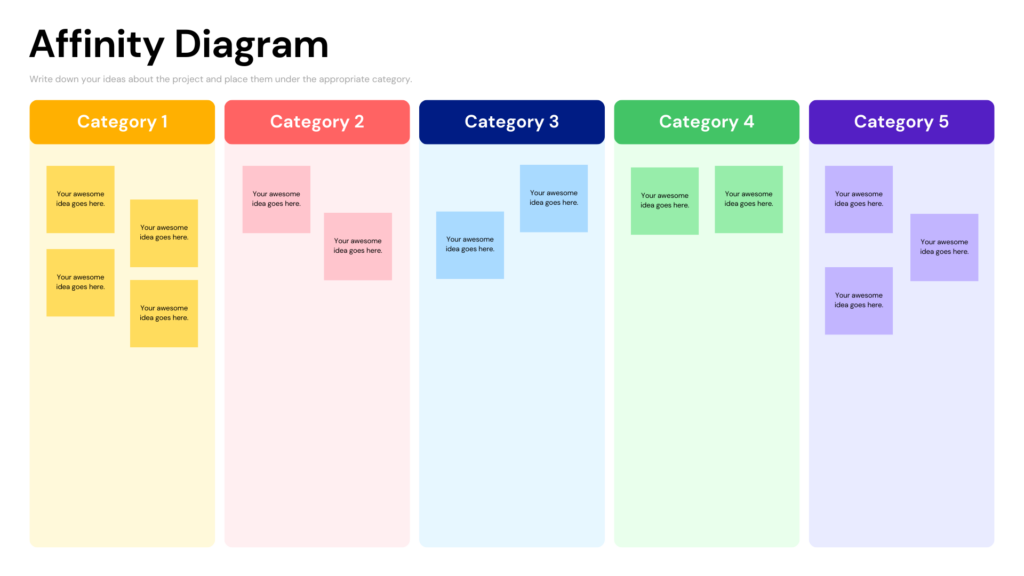
Ideal for large brainstorming sessions, this template organizes a large number of ideas into natural relationships and groups using sticky notes. It can assist in pattern recognition and find powerful ideas that would otherwise be lost.
4. SWOT Analysis Template:
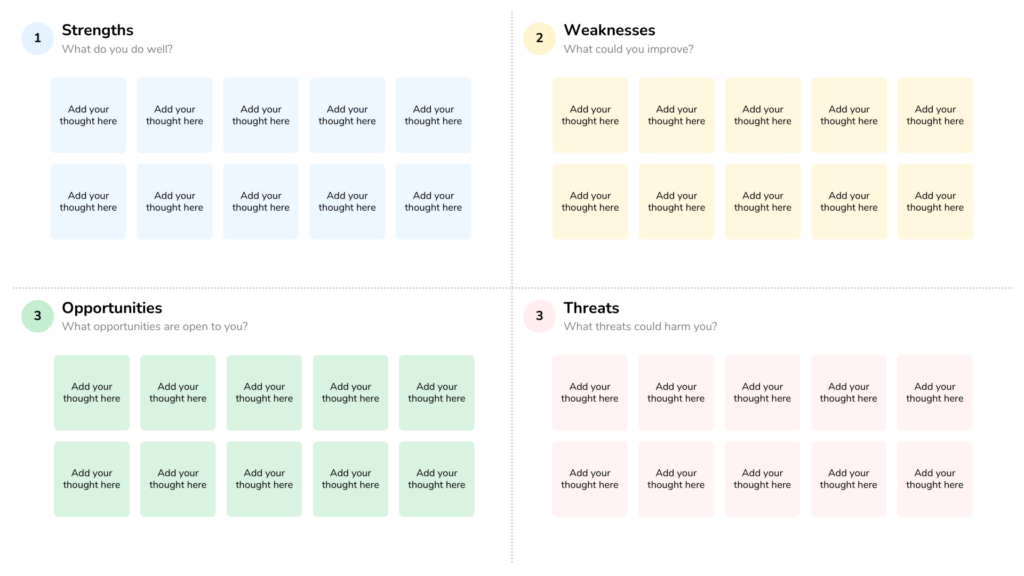
This matrix model organizes thoughts into four categories: strengths, weaknesses, opportunities, and threats, encouraging a comprehensive view of different perspectives to understand the project or business more holistically.
5. SCAMPER Template:
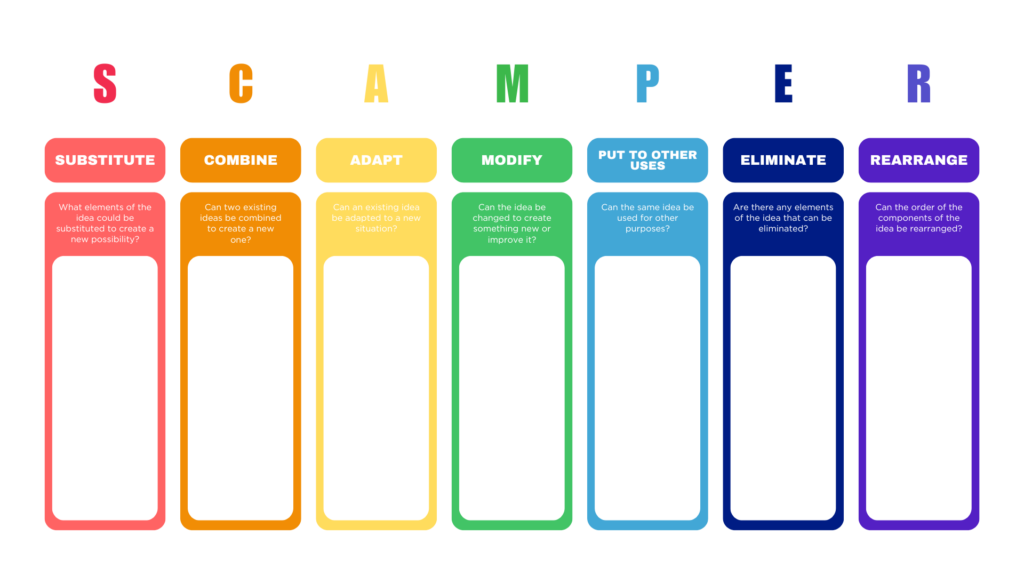
This template encourages thinking outside the box by applying the verbs Substitute, Combine, Adapt, Modify, Put to another use, Eliminate, and Reverse (SCAMPER) to existing products, services, or problems.
6. Reverse Brainstorming:
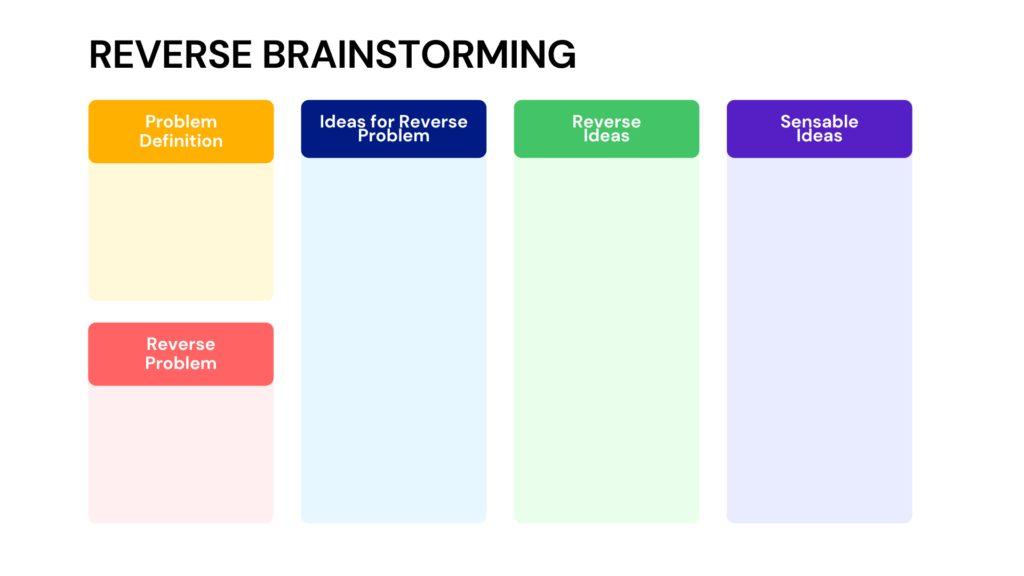
Instead of directly going over a problem, this template helps stimulate creativity by inversely working on getting the team to consider the best ways to exacerbate the problem. Seems contradictory, but this reverse technique can provide some unexpected insights and solutions!
7. Brainwriting Template:
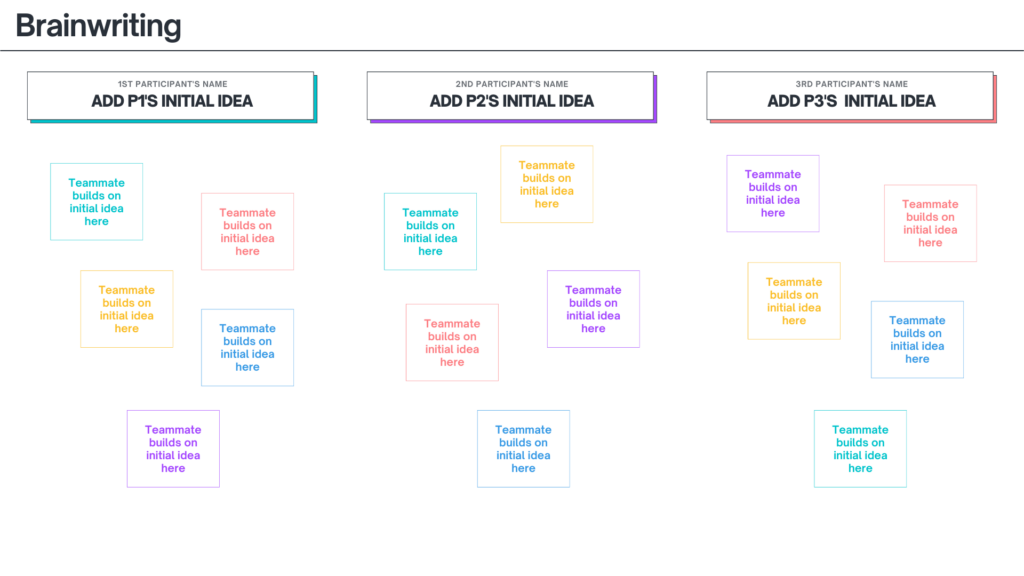
Here, everyone writes down their ideas independently, reducing groupthink bias. All ideas are then shared and built upon, ensuring everyone’s voice is heard and promoting a safe space for creative thinking.
8. Storyboard Template:
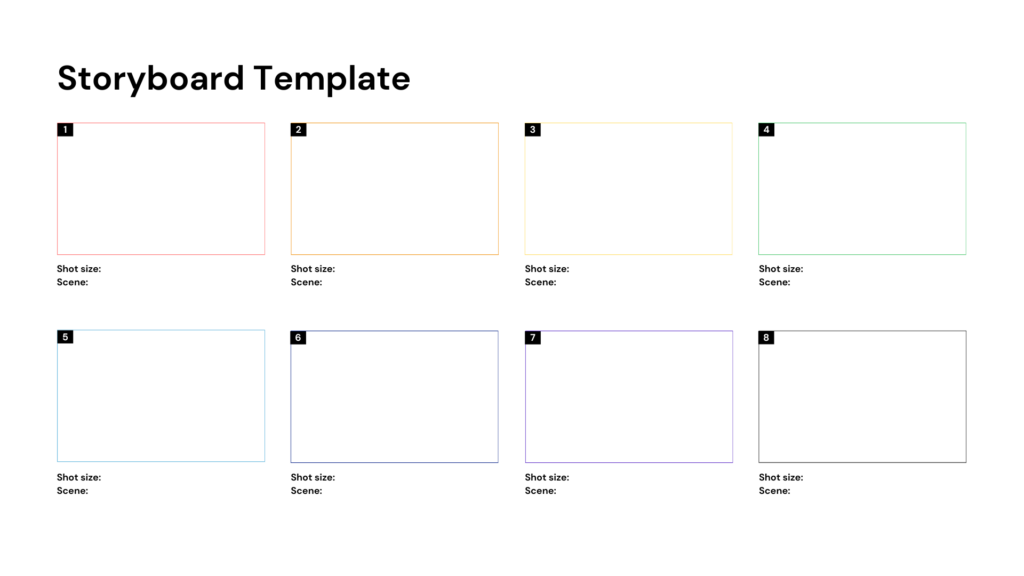
Best suited for creative projects like advertising or filmmaking, it helps to visualize a series of events or steps related to a concept or product launch. This way, ideas flow like a story, bringing a broader perspective and offering a sense of direction.
Using these brainstorming templates will not only steer your team members’ thoughts in a well-structured, productive manner but will also set the stage for generating a plethora of innovative solutions. Jam-packed with creativity and innovation, these templates can be your go-to resource for effective brainstorming.
How to Use Brainstorming Templates
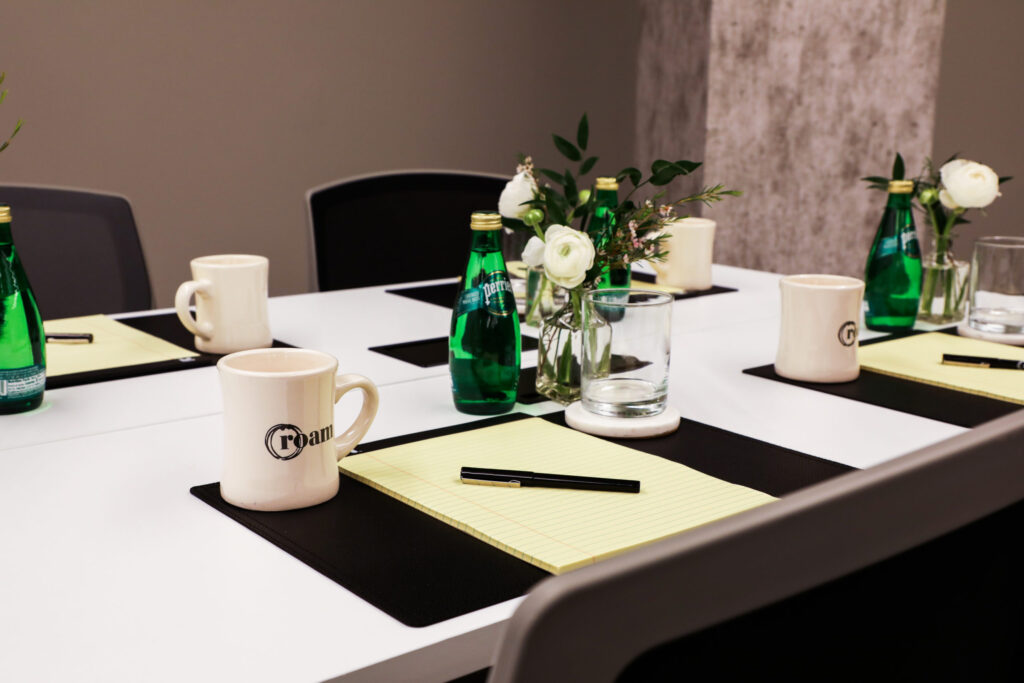
Now that you are familiar with various brainstorming templates, let’s focus on how to use them effectively. Whether you’re tackling a complex project or seeking innovative solutions to business challenges, following clear guidelines can help you streamline your brainstorming process.
Step 1: Plan Your Session
Start by identifying the facilitator, participants, and date for the brainstorming session. Select a specific brainstorming template that aligns with your goals and objectives. If your team needs to familiarize themselves with new concepts or data before the session, provide them with the required resources.
Step 2: Assign Brainstorming Homework
If your brainstorming session needs groundwork, assign some pre-session tasks to the participants. This could range from studying provided documents to brainstorming initial ideas independently. Providing your team time to think about the topic can lead to more ideas during the session.
Step 3: Set Your Brainstorming Agenda
Structure your brainstorming session with a clear agenda. Include time slots for each discussion point to ensure you stay on track and meet your objectives without stifling the flow of creative ideas. Having a plan can reduce tangents, keeping your brainstorming focused, and efficient.
Step 4: Capture Your Results
Keep a detailed record of your brainstorming session’s discussions and ideas. There’s no use generating great ideas if they get overlooked in the wind-down process. Highlight top ideas and work on an action plan to ensure they turn into a reality.
Remember, a brainstorming session is more than just a casual conversation. It’s a real-time action plan to generate innovative ideas and turn them into actionable tasks. This process is vital in solution-focused environments where getting the best ideas is crucial for project success.
Implementing Brainstorming Templates into Your Team’s Routine
It’s beneficial to integrate digital brainstorming templates that can be shared, accessed, and edited by team members from any location. Websites and virtual whiteboards like Canva or Web Whiteboard can provide just the shareable resource your remote team needs to enhance team collaboration and idea generation.
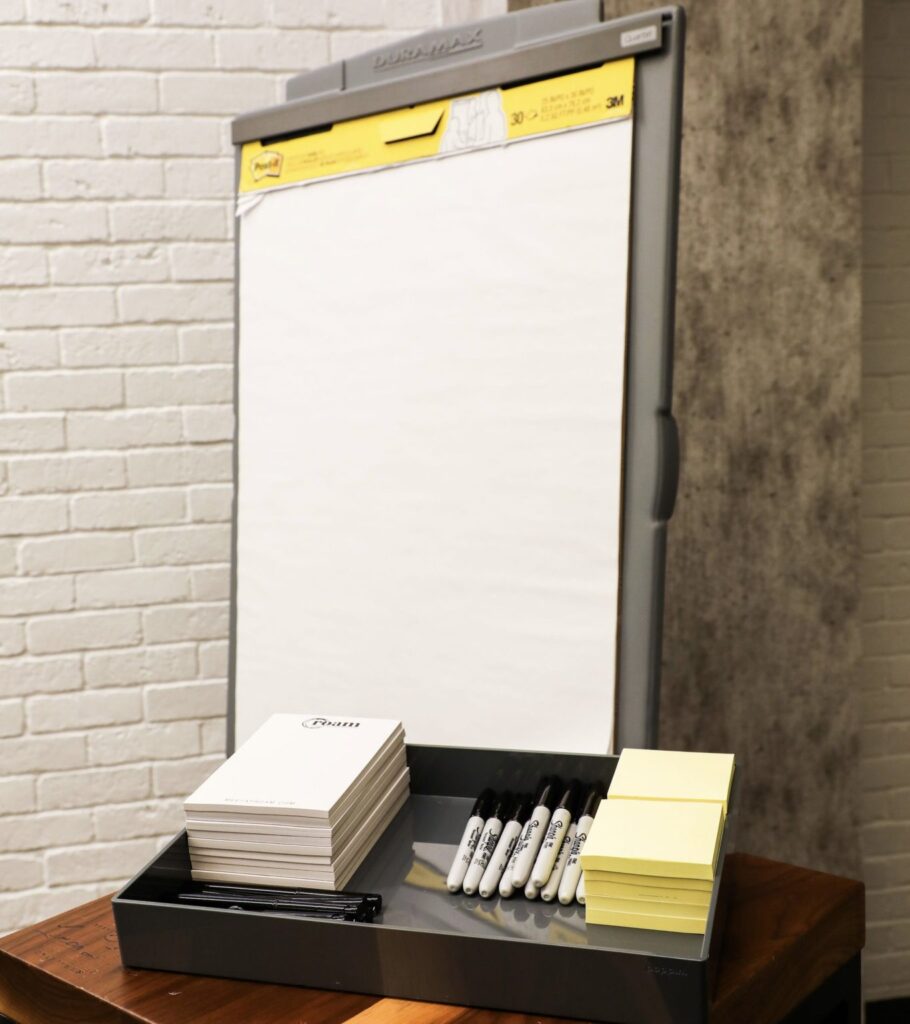
At Roam, we can help every brainstorming session become an opportunity for innovation. Our meeting spaces, equipped with state-of-the-art technology and brainstorming tools, are the perfect space for creative thinking
We know that the setting of a meeting can significantly influence the success of your team, which is why we’ve tailored our spaces to meet these needs.
To further support your meetings and brainstorming sessions, Roam provides a range of add-on meeting packages. These packages include everything from notepads and printouts to whiteboards and flip charts, ensuring you have all the essentials for a successful session. With Roam, you won’t need to worry about the logistics or running errands to the office supply store; we’ve got everything covered to ensure your meeting is a success. Together, let’s redefine the future of team collaboration!
